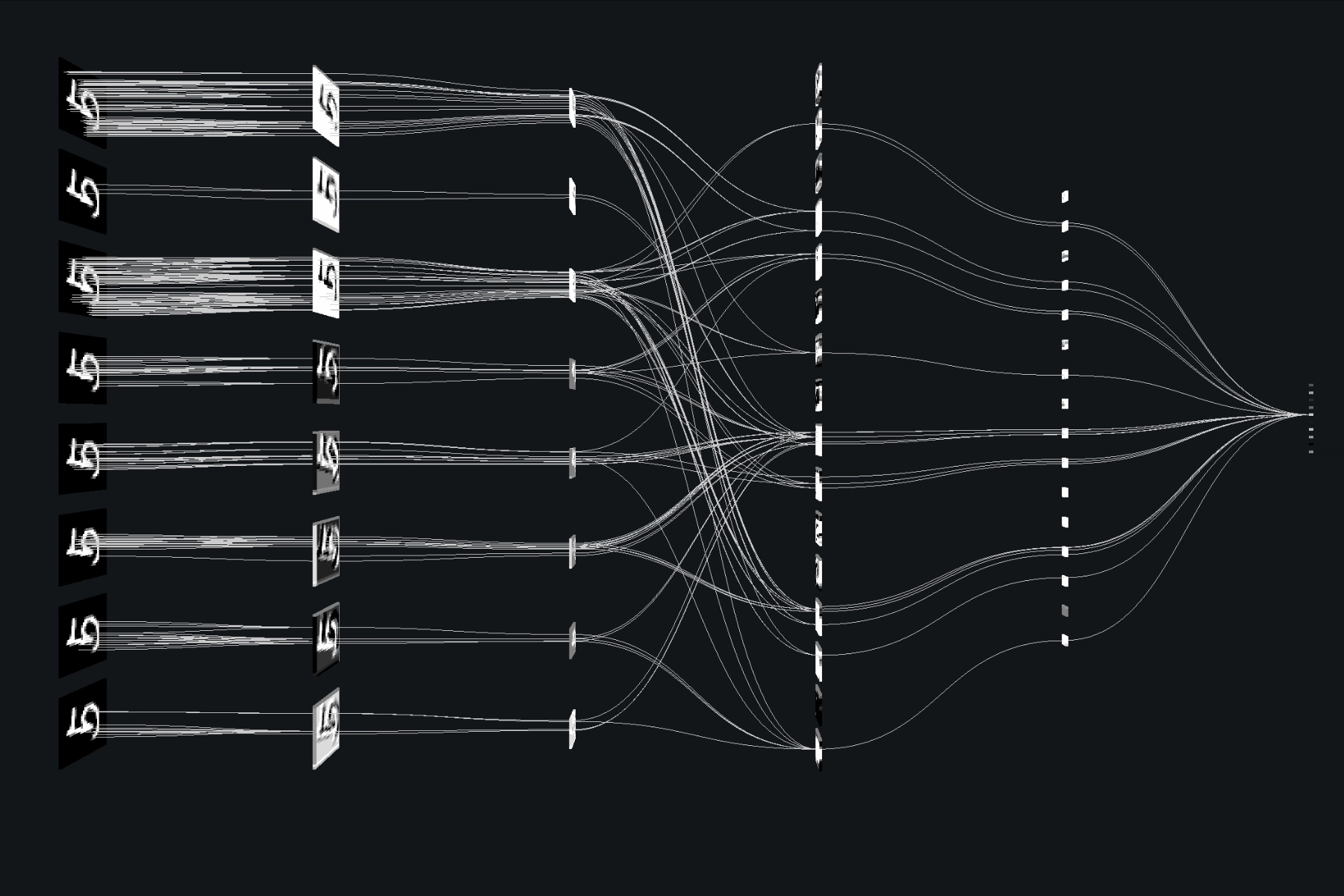Docker’s One-Click LLMs Break Down AI Barriers for Everyone
For anyone who’s spent hours wrestling with CUDA drivers, Python environments, and PyTorch compatibility to run a local language model, Docker’s new partnership with Unsloth feels almost too good to be true. The collaboration enables running any major LLM, from OpenAI’s gpt-oss to Meta’s Llama 4 and Google’s Gemma, with a single command, regardless of your OS or hardware setup.
You can now deploy sophisticated AI models that previously required specialized knowledge with commands as simple as docker model run ai/gpt-oss:20B or pulling specific quantizations like docker model run hf.co/unsloth/gpt-oss-20b-GGUF:F16. The days of dependency conflicts, environment setup hell, and platform-specific installation woes are officially numbered in the LLM world.

The Containerized AI Revolution Arrives
The Docker and Unsloth integration represents what might be the most significant step toward truly democratized AI deployment since containerization transformed application development. Docker users now have access to Unsloth’s entire model catalog, including their optimized Dynamic GGUF format, without wrestling with traditional AI deployment complexities.
This partnership effectively containerizes what has traditionally been one of the most painful developer experiences: getting AI models running predictably across different environments. The Docker Model Runner (DMR) uses Unsloth models and llama.cpp under the hood, leveraging 2x faster training speeds and 70% less VRAM usage that Unsloth delivers through their custom Triton kernels.

How It Actually Works: Simplicity Masking Sophistication
Behind the simple interface lies sophisticated optimization. Unsloth’s Dynamic GGUF quantization delivers surprising performance retention, their Dynamic 3-bit DeepSeek-V3.1 scored 75.6% on Aider Polyglot (one of the more challenging coding benchmarks), just 0.5% below full precision despite being 60% smaller. This efficiency comes from dynamically choosing which layers to quantize rather than applying uniform quantization across the entire model.
The integration works across the entire deployment spectrum:
- CLI enthusiasts can use simple Docker commands
- GUI users can browse models through Docker Desktop’s visual interface
- Enterprise teams can standardize deployments across their infrastructure
You get the same model behavior whether running on a MacBook, Windows workstation, or Linux server, exactly what Docker promised for applications, now extended to AI models.
Beyond Model Running: The Full Stack Advantage
The real game-changer isn’t just running models, it’s what becomes possible afterward. Docker’s Open WebUI extension transforms these containerized models into full-featured chat interfaces, complete with file uploads, conversation history, and ChatGPT-like functionality, all running locally.

The workflow becomes remarkably streamlined:
- Fine-tune models with Unsloth’s optimization
- Export to GGUF format for portability
- Deploy anywhere with Docker commands
- Access through web interfaces or APIs
In developer forums, reactions reflect immediate recognition of the implications. Many see this as an accessibility breakthrough for the “Docker-comfortable but AI-novice” crowd, a potentially massive user base that previously found local LLM deployment intimidating.
Practical Deployments and Considerations
For production use, Docker’s approach enables:
Multi-model management – Switch between different models without environment conflicts
Hardware abstraction – Run the same commands across different GPU configurations
Version control – Pin specific model versions for reproducible deployments
Scaling – Deploy the same container across development and production environments
The models automatically leverage hardware acceleration where available, with GPU support through NVIDIA’s Container Toolkit and cross-platform compatibility that includes AMD systems.
While the experience works remarkably well out of the box, users should still consider:
- Model quantization choices (Q4 for sub-30B models, Q2 for 70B+ models)
- Memory requirements (total VRAM + RAM should exceed model size for optimal performance)
- Quantization trade-offs (higher bits for accuracy vs. lower bits for accessibility)
The New Normal for Local AI
This partnership signals a fundamental shift in how developers will interact with AI models. The combination of Unsloth’s performance optimizations with Docker’s deployment simplicity removes what were previously significant barriers to local AI experimentation and deployment.
As one developer observed, this makes containerized AI models as accessible as any other Dockerized service. The gap between running “hello world” and deploying sophisticated language models has effectively disappeared.
For organizations, this means standardized AI deployment pipelines. For individual developers, it means spending more time building with AI rather than configuring it. And for the industry, it suggests we’re approaching a tipping point where local AI becomes as routine as running any other containerized service.
The “dependency hell” era of local AI may be ending, replaced by a future where docker model run becomes as familiar as docker run, a quiet revolution hidden in a single command.



